"How is it possible that a person who had no right to stay in Europe, who had already been on the radar of the authorities on several occasions, could carry out a terrorist attack? This clearly shows the failure of the EU's migration and asylum system," Viktor Marsai, director of the Migration Research Institute, told Magyar Nemzet, when asked about the terrorist attack that took place in Brussels.
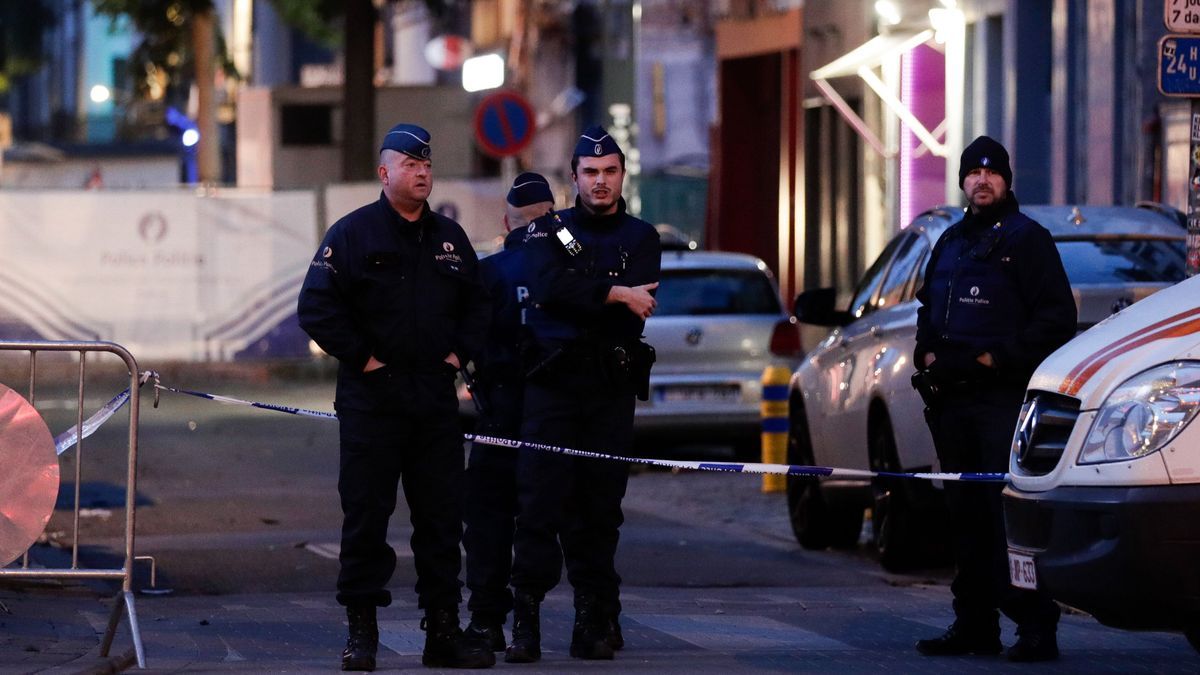
As Magyar Nemzet reported in an earlier piece, during Monday's Belgium-Sweden Euro 2014 qualifier, the assailant killed two men wearing Swedish supporters' jerseys and seriously injured a taxi driver, before fleeing the scene. The perpetrator of the attack, 45-year-old Tunisian Abdessalam Lassoued, arrived in the country as an illegal immigrant and although his asylum application was rejected in 2019, he remained in Belgium.
Media reports suggest that this was not the first time that Lassoued had a run-in with the law:
he was known to the authorities in Tunisia for sympathizing with extremists, and has also committed criminal offences in Belgium – most recently threatening the resident of a refugee center. He was due to appear at the police station for questioning on October 17, the day after the attack.
Weapons used by terrorists
"The gunman opened fire from a Kalashnikov. It is worth noting that this weapon is not in regular use by Western European armed forces. This Kalashnikov was brought to Europe illegally, most probably through smuggling networks in the Western Balkans, with the main source to obtain weapons from being Albania," said the assistant professor from the University of Public Service (NKE).
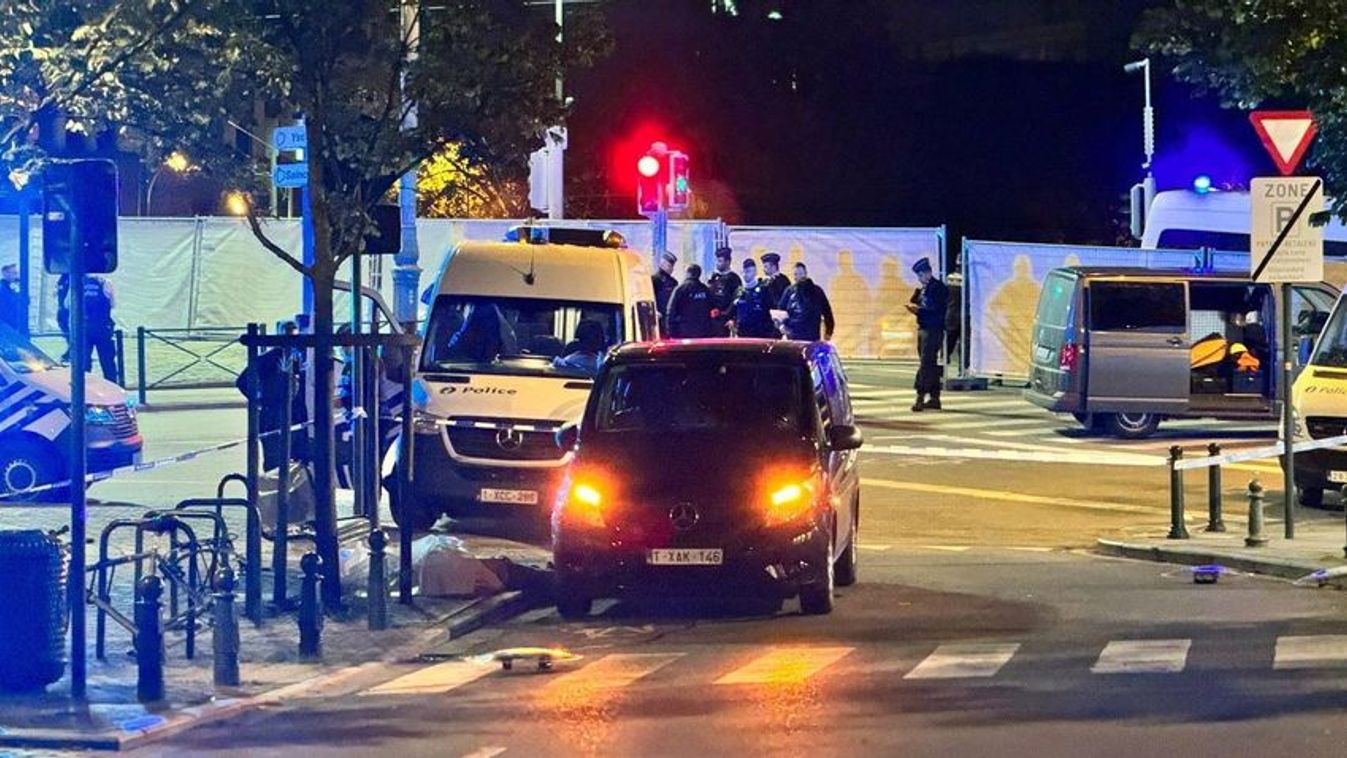
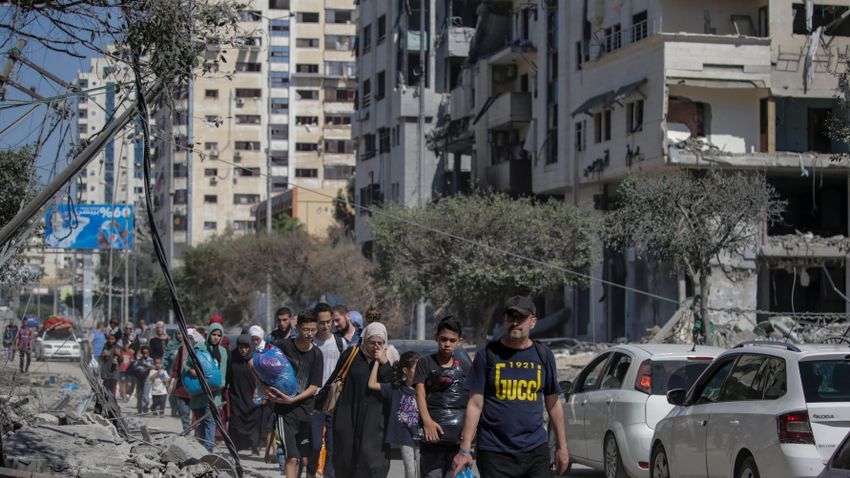
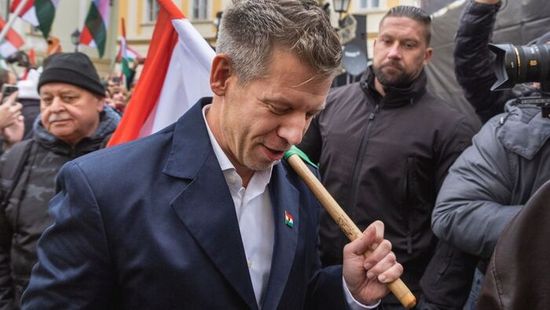
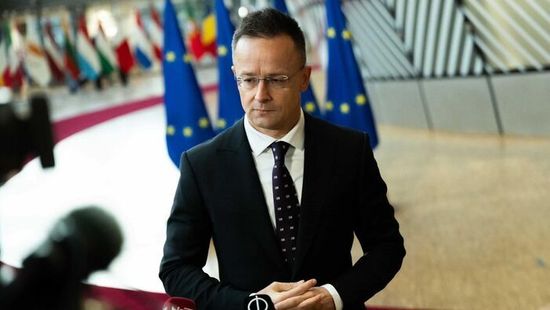

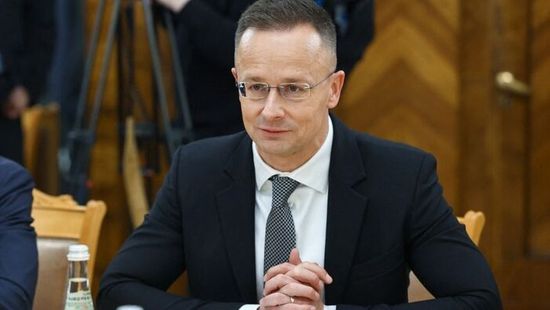







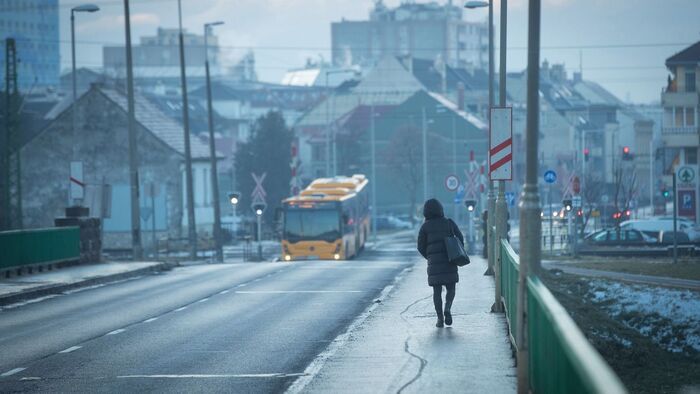

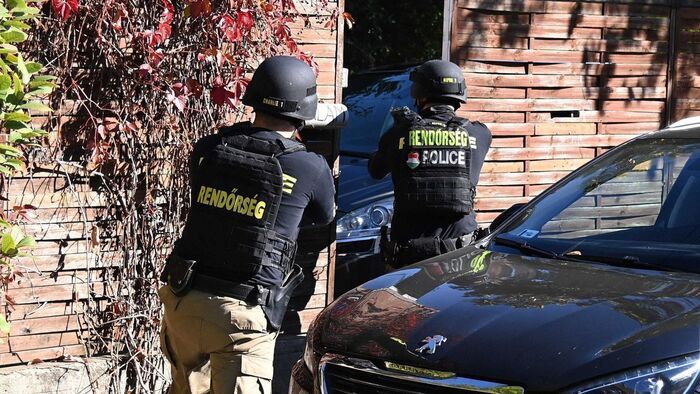








Szóljon hozzá!
Jelenleg csak a hozzászólások egy kis részét látja. Hozzászóláshoz és a további kommentek megtekintéséhez lépjen be, vagy regisztráljon!